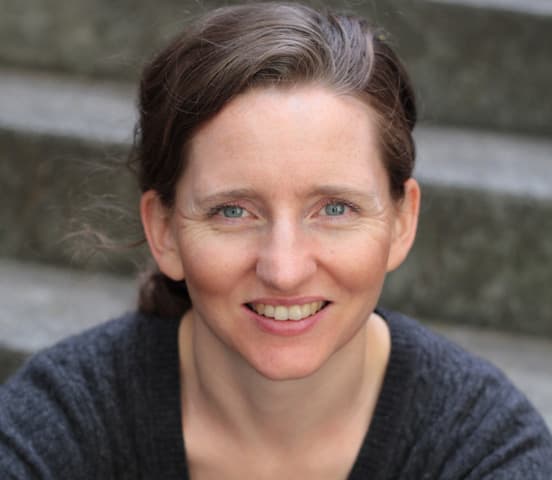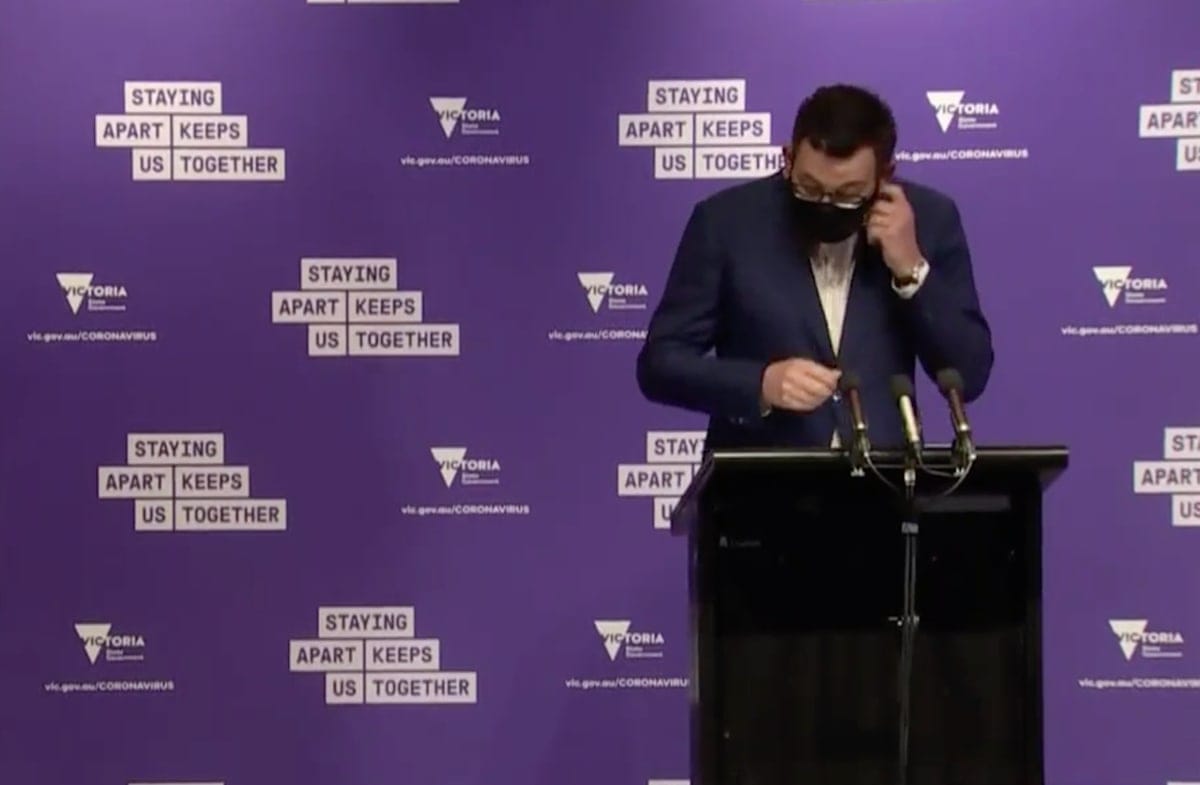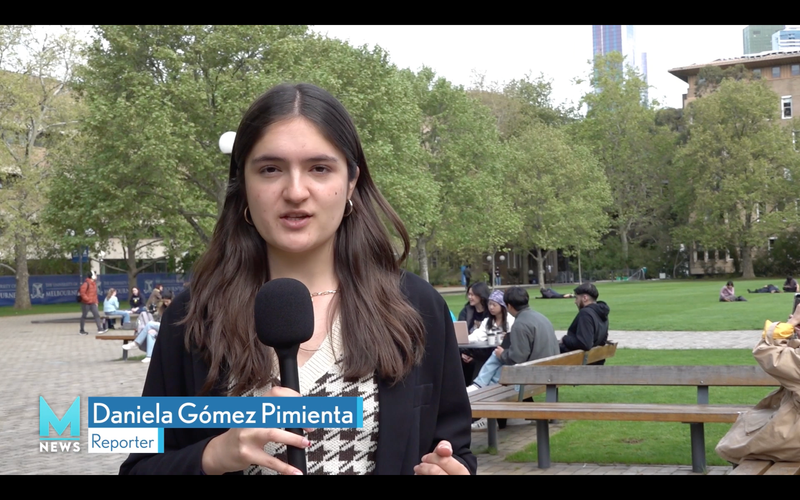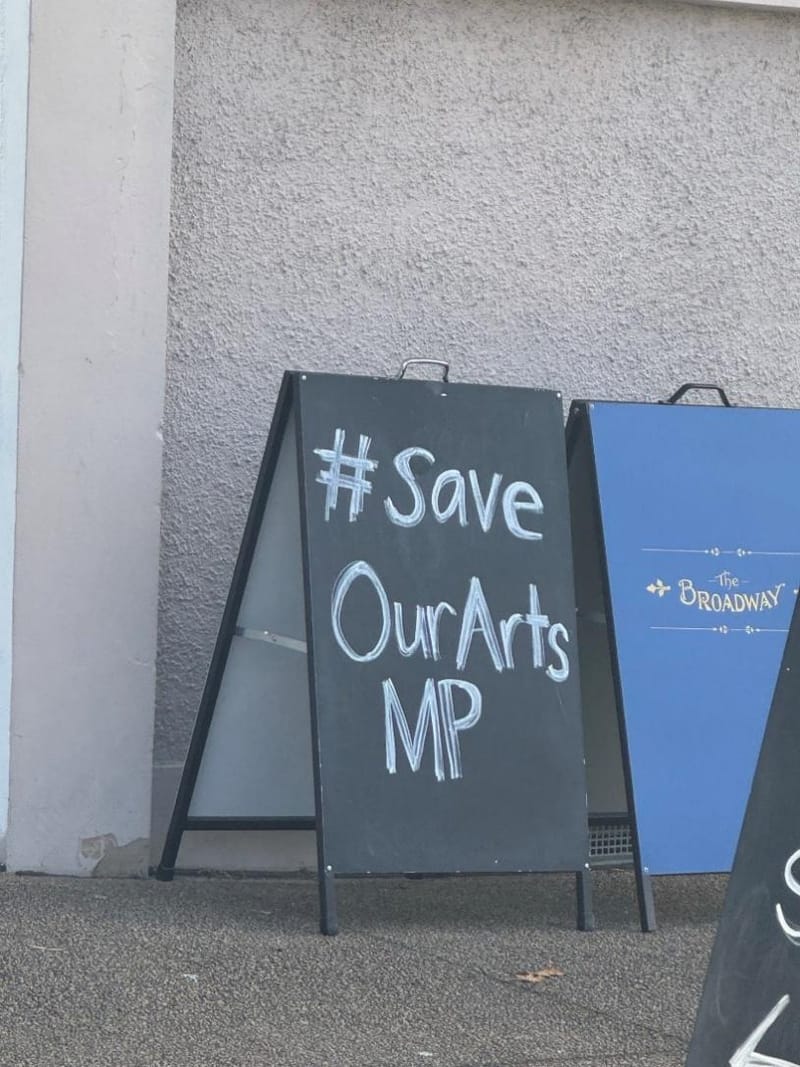Collateral Damage: Are we sacrificing our young to the pandemic?
Professor Gigi Foster courted controversy with her views that allowing more older people to die from COVID-19 would throw a lifeline to the young.

BY KATE McCARTHY
What could be more morally compelling than the notion that every life is sacred and therefore, worth saving?
This has been the view taken almost universally in Australia, indeed most of the world, since the beginning of the pandemic.
Anyone publicly questioning this premise has been met with howls of derision. Just ask Professor Gigi Foster, Director of Education in the School of Economics at the University of NSW.
Since appearing on QandA and 60 Minutes, Professor Foster has been inundated with criticism from scathing social media mobs, accusing her of wanting to “kill grandma”. She says, however, that she has been misunderstood.
Professor Foster says she is not advocating for people to die, rather, she is calling for a more holistic approach to managing the pandemic and this requires maximising human welfare, more broadly.
She says the Australian government’s response has been driven by fear, rather than rational thinking.

Professor Foster says governments all over the world, including in Australia, have always placed different values on lives and that the COVID-19 pandemic should be no different.
By choosing to prioritise the lives of elderly people over the social, economic and psychological wellbeing of our younger generations, she says we have made the wrong choice and, quite possibly, a deadlier one.
Professor Foster argues the cost of locking young people away will be a far greater cost to society, than if we had allowed more elderly people to die.
It appears the professor's theories have been either overshadowed by the legion of medical specialists advocating for extreme lockdown and other public health measures to control the virus, or dismissed as being on the same page as the rantings of anti-science conservatives such as Andrew Bolt and Alan Jones.
Professor Foster’s message may have been delegitimised by being associated with the views of these shock jocks who appeal to conspiracy theorists.
Australia’s federal and state governments’ policies on the pandemic have been informed by medical experts including immunologists, virologists, epidemiologists and other medical specialists, these experts have been the drivers of our national response to the pandemic.
Scientific evidence on pandemics and COVID-19 have been the basis on which decisions about border closures, restrictions, lockdowns and other public health measures have been made.

Professor Foster believes it was short-sighted of the government to only consult with medical experts and that their failure to consult other experts will have disastrous consequences for generations to come, saying a fairer and more effective response to the pandemic would have been achieved if the government had consulted with economists, psychologists and sociologists in addition to medical experts. Her argument centres on the theory that the best decisions are those that benefit the highest number of people and that the welfare of all people must be considered, not just the health outcomes of an ageing population.
To date, we have had more than 600 COVID-19 deaths in Australia - around 0.003 per cent of the population. While these deaths aren't welcome, it's worth contextualising them. In 2019, Australia had more than 900 flu-related deaths and in 2017, 1,100 deaths.
Year/ Disease Total no. cases Total no. deaths Case fatality rate
2017, Influenza 251,000 1255 0.005%
2020, COVID-19 26,000 678 0.02%
Countries with less restrictions have had varying results when it comes to COVID-19 deaths.
In Sweden, the percentage of the population who have died from COVID-19 is around 0.06 per cent. The percentage in the US is higher, estimated at around 0.1 per cent of the population.
Australia's better health outcomes when compared to the US for example, could be attributed to three main reasons: Australia's world class health care system, the fact that we had more time to prepare and that we managed to slow the progression of the virus through quick-response measures - including international border closures and lockdowns.
However, Professor Foster believes this does not necessarily mean that these are the best measures to continue with.
In other countries the data varies, but differences in mortality rates for both influenza and COVID-19 are likely determined by access to and quality of healthcare.
Questioning the Lockdown-Approach
Professor Foster has a blunt message for the Australian government at all levels.
“Victoria should lift wholesale lockdown and schools and universities should reopen. We can’t protect people by having young people cowering at home," Professor Foster said.
"Our young people are being deprived of the opportunities that previous generations have had…no death is ok, but we are killing more people by keeping us locked down.
“Our children will be carrying the effects of these draconian lockdowns for the rest of their lives.
"The Australian government needs to change the messaging around coronavirus. It should be a message that prioritises human welfare overall.
"The government response should be driven by policy that recognises the importance of a functioning economy.
"It should direct resources appropriately towards places in the community where people are more vulnerable to succumbing to the virus, instead of enforcing wholesale lockdowns.”
Comparing Australia to Sweden, Professor Foster acknowledges that the Swedish government has made mistakes, however believes that one aspect they handled well, was that they have not allowed fear to dictate their response.

Although the deaths of almost 6,000 of their elderly population is devastating, COVID-19 deaths equate to only a small portion of their overall mortality rate.
Schools and universities have remained open throughout the pandemic and businesses have been able to function at reduced capacity, life in Sweden hasn’t been upended in the way it has in other countries.
Professor Foster says this is a stark contrast to what she believes has been a fear-driven reaction in Australia.
She argues that the strict buttoning-down of our economy has been driven by fear, not rational thinking, and is calling for the government to be data-driven in its policy choices, with a focus on the death rates of COVID-19, not transmission rates.
Questioning Government Messaging
Professor Foster believes our government is using a fear campaign to scare people into complying with the restrictions, focussing on what could be considered anomalies, such as a young person becoming seriously ill or dying from COVID-19, encourages an irrational response to the virus.
The statistics show COVID-19 overwhelmingly affects the elderly and those with co-morbidities, not young people, which is why she advocates to allow our youth to live their lives with few limitations.
There is new research that suggests full lockdowns are significantly associated with increased patient recovery rates, however are not associated with mortality rates, which appear to be more closely linked to health care capacity and co-morbidities.
“This is nowhere near as big a crisis as we are being led to believe," Professor Foster said.
"A single-minded focus on one aspect of welfare is dangerous. Poverty, isolation and mental anguish in the community are only exacerbated by lockdowns and made worse by a failing economy.
"Loss of productivity and loss of jobs will have an enormous deleterious effect on the living. We are putting millions more lives at risk from these things than the lives at risk from COVID-19.”





